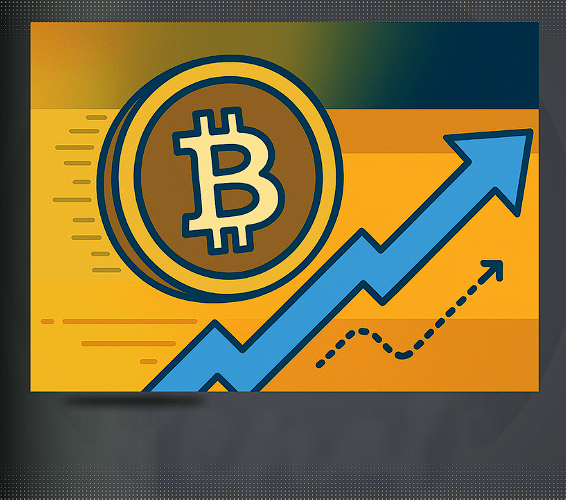The ongoing U.S. government shutdown has triggered notable shifts across global financial markets, highlighting the vulnerability of traditional systems to political deadlock. The standoff between Republicans and Democrats over federal budget allocations has halted public services and injected fresh uncertainty into the economy. Against this backdrop, investors are increasingly turning to Bitcoin ($118,660) and other digital assets as alternative stores of value in turbulent times.
Bitcoin recently surged to a two-week high, trading above $119,200, in sharp contrast to its decline during the 2018 shutdown. This rally underscores shifting market dynamics, with traders cautiously optimistic while balancing risks against potential gains. Despite signs of short-term stability, volatility remains a key factor, demanding close attention from market participants.
Other assets are also reacting strongly. Gold has reached an all-time high of $3,895 per ounce, reflecting a flight to safety, while U.S. equities showed limited initial movement before labor market weakness emerged, marked by a decline in private payrolls. This pivot in asset preference highlights how investors are recalibrating strategies to withstand economic shocks from the shutdown.
The Securities and Exchange Commission (SEC) has been particularly impacted, as staff furloughs have frozen reviews and approvals of spot ETF applications. “The shutdown has effectively stalled our process, leaving filings in limbo,” a source within the Commission noted. These delays are fueling uncertainty for crypto ETFs, with regulatory actions postponed until government operations resume.
Industry experts stress that while investor demand for crypto-backed ETFs persists, regulatory bottlenecks are creating frustration and dampening immediate expectations. The episode illustrates the deep interconnection between political developments and market responses, revealing both resilience and fragility across asset classes.
In this climate, Bitcoin and other digital assets are gaining renewed attention as hedges against systemic risk, while investors and regulators alike are forced to adapt. For market participants, staying informed and agile is crucial to navigating the evolving financial landscape shaped by politics, regulation, and shifting investor sentiment.
